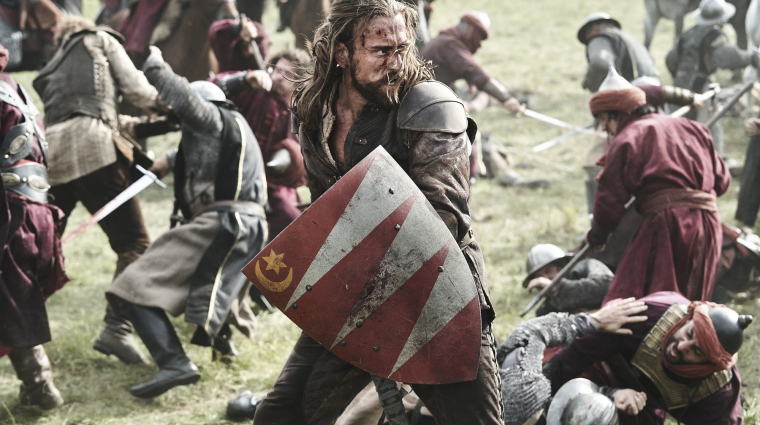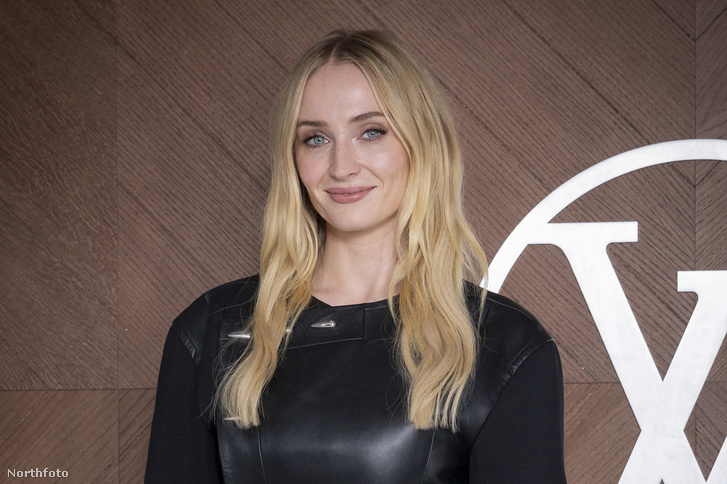Astronomers have discovered the second lightest planet yet discovered, and its density can be compared to cotton candy.
The exoplanet WASP-193b was discovered in 2023 as part of the WASP (Wide Angle Planetary Search) project, which aims to find new planets by scanning the sky with cameras placed in several locations. Using equipment in La Palma and Sutherland, South Africa, they scan the sky every night and take new images every minute – since 2006, they have made 430 billion measurements of 30 million stars in order to find their potential companions, the planets. Spin around them. Distant planets are detected indirectly: the existence of the celestial body, its orbital period and other properties are inferred from recurring periodic changes in starlight. The planet's mass is calculated by the gravitational force acting on the star, which is represented by the Doppler effect felt in the star's spectrum.
the For WASP-193b Determining the mass in this way was very problematic, and the researchers did not initially obtain a reasonable result while analyzing the data. After many checks and recalculations, astronomers finally concluded that the planet is indeed as low-mass as it first appeared: it weighs about 0.059 grams per cubic centimeter. According to experts, it is difficult to compare this value with any solid object, it is better to compare it with the density of cotton candy, which has a mass of about 0.05 grams per cubic centimeter. Compared to known planets, this is negligible. Low-density gas giant Jupiter, which is mainly composed of hydrogen and helium, for example, averages 1.33 grams per cubic meter, while Earth has 5.51 grams per cubic centimeter, according to the Massachusetts Institute of Technology. Tech, who participated in the research a description Based on. In the WASP-193b composition, hydrogen and helium are likely to be found in larger quantities, and these gases form an atmosphere that extends tens of thousands of kilometers.
How a cotton candy planet grows so large at such a low density is also a mystery to astronomers, as until now there is no theory that explains such an extreme, rarely seen version of planetary formation. The planet is scheduled to continue to be studied using the James Webb Space Telescope, and based on the measurements, the planet's atmosphere will be mapped more accurately, as well as its mass and other characteristics more precisely determined.
So far, researchers have found only one planet lighter than WASP-193b: Kepler-51d, which was discovered in 2014. It is a Neptune-type exoplanet and, along with Kepler-51b, forms the cotton candy planets of the Kepler-51 star. System. NASA Description According to the study, the composition of the celestial bodies' atmospheres with a density that resembles polystyrene foam more than rocks or water caused headaches for researchers until then, and further observation using the James Webb Space Telescope is also planned. Due to its proximity to its star, Kepler-51b is expected to become smaller and denser over time after some of the gases that make up its atmosphere evaporate, but Kepler-51d will remain a true cotton candy planet for a long time.
(picture: SiteDaily.com, NASA, ESA/EL. Hostak, J. Olmstead, D. Blair, F. Summers/STScI)
New details about the cotton candy planet have been revealed based on data from the James Webb Space Telescope
European astronomers took a closer look at WASP-107b and were able to determine the composition of the planet's clouds.




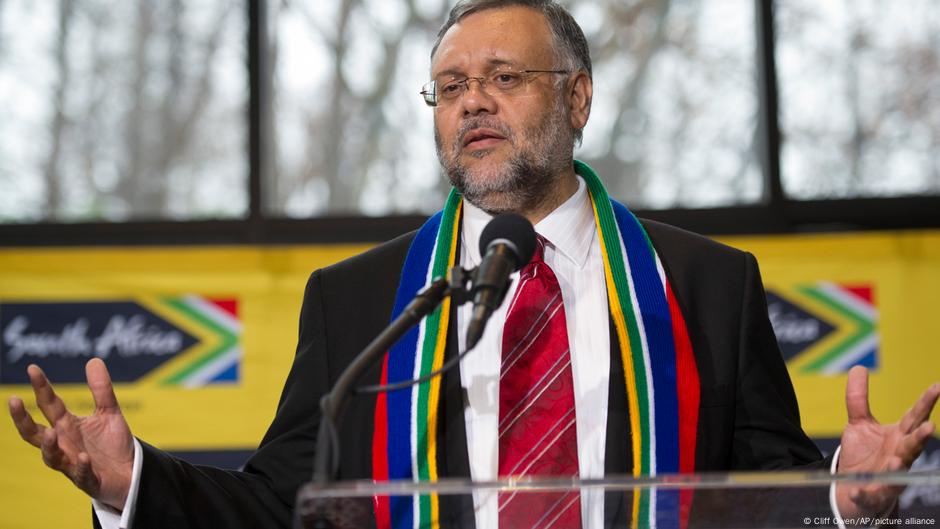






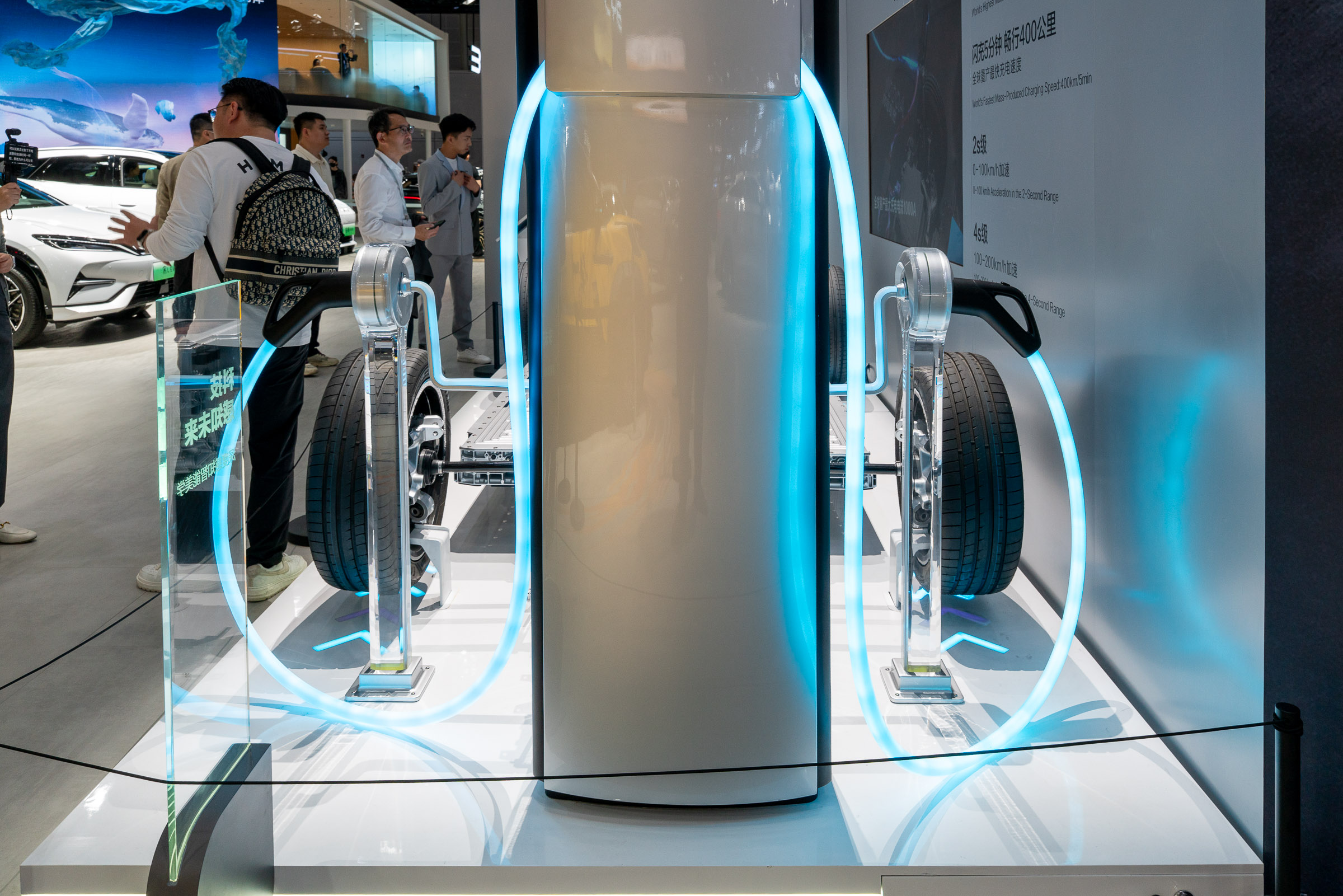


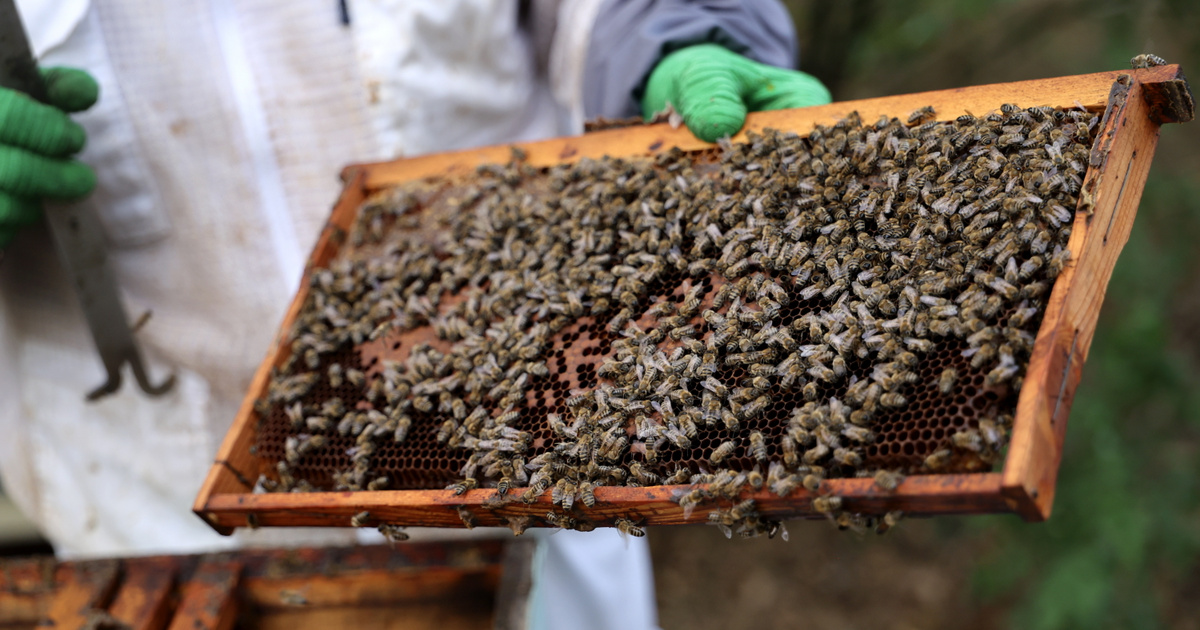







![Because of the relative Remaster, you get a lot of fun playing! [VIDEO] Because of the relative Remaster, you get a lot of fun playing! [VIDEO]](https://thegeek.hu/wp-content/uploads/sites/2/2023/11/thegeek-post-trauma-2023.jpg)















